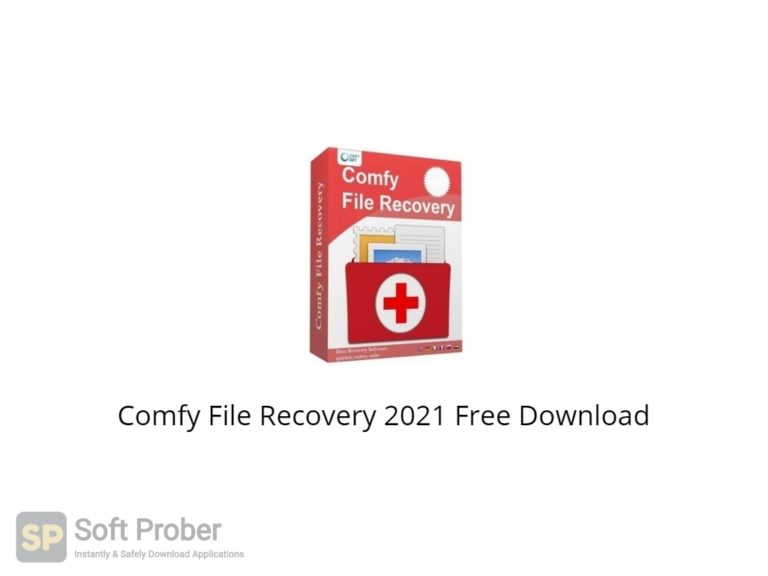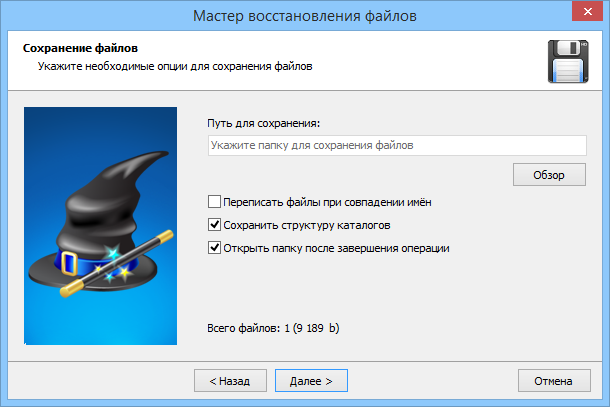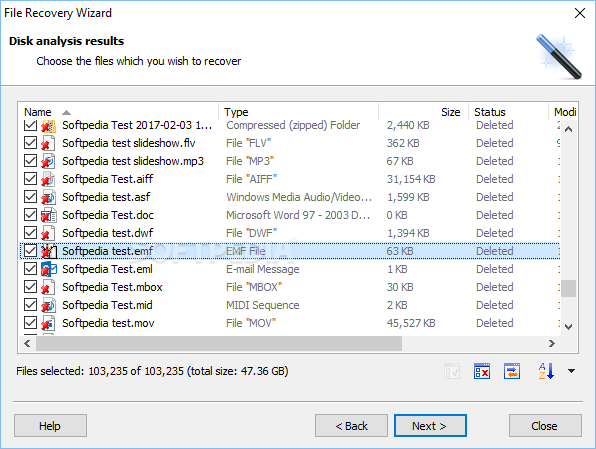

Windows 7 (or graphical install)įor Windows 7 and earlier, download ez_setup.py using your favorite webīrowser or other technique and “run” that file. If you did a user-local install, the Scripts subdirectory is For simple invocation and best results,Īdd this directory to your PATH environment variable, if it is not already Once installation is complete, you will find an easy_install program in The script will download the appropriate. The recommended way to install setuptools on Windows is to downloadĮz_setup.py and run it. Python 2.7 installed: > (Invoke-WebRequest ).Content | py -3. For example, to install to Python 3.3 if you have If you have Python 3.3 or later, you can use the py command to install toĭifferent Python versions. To install a user-local installation: > (Invoke-WebRequest ).Content | python -user You must start the Powershell with Administrative privileges or you may choose Start up Powershell and paste this command: > (Invoke-WebRequest ).Content | python.

Using Windows 8 or later, it’s possible to install with one simple PowershellĬommand. Windows 8 (Powershell)įor best results, uninstall previous versions FIRST (see Uninstalling). The link provided to ez_setup.py is a bookmark to bootstrap script for the

On Python 2.4 or Python 2.5, use the bootstrap script for Setuptools 1.x. Operating systems have different recommended techniques to accomplish thisīasic routine, so below are some examples to get you started. The recommended way to bootstrap setuptools on any system is to downloadĮz_setup.py and run it using the target Python environment.


 0 kommentar(er)
0 kommentar(er)
